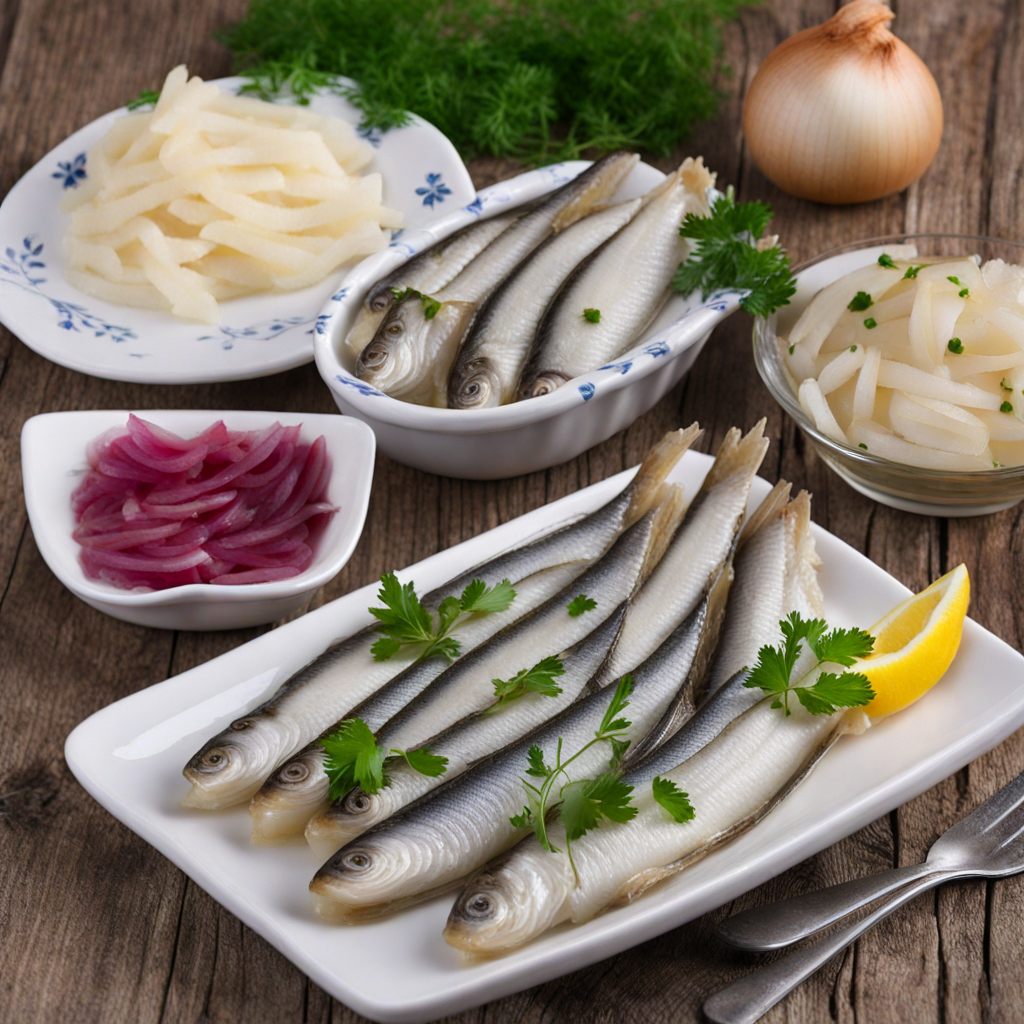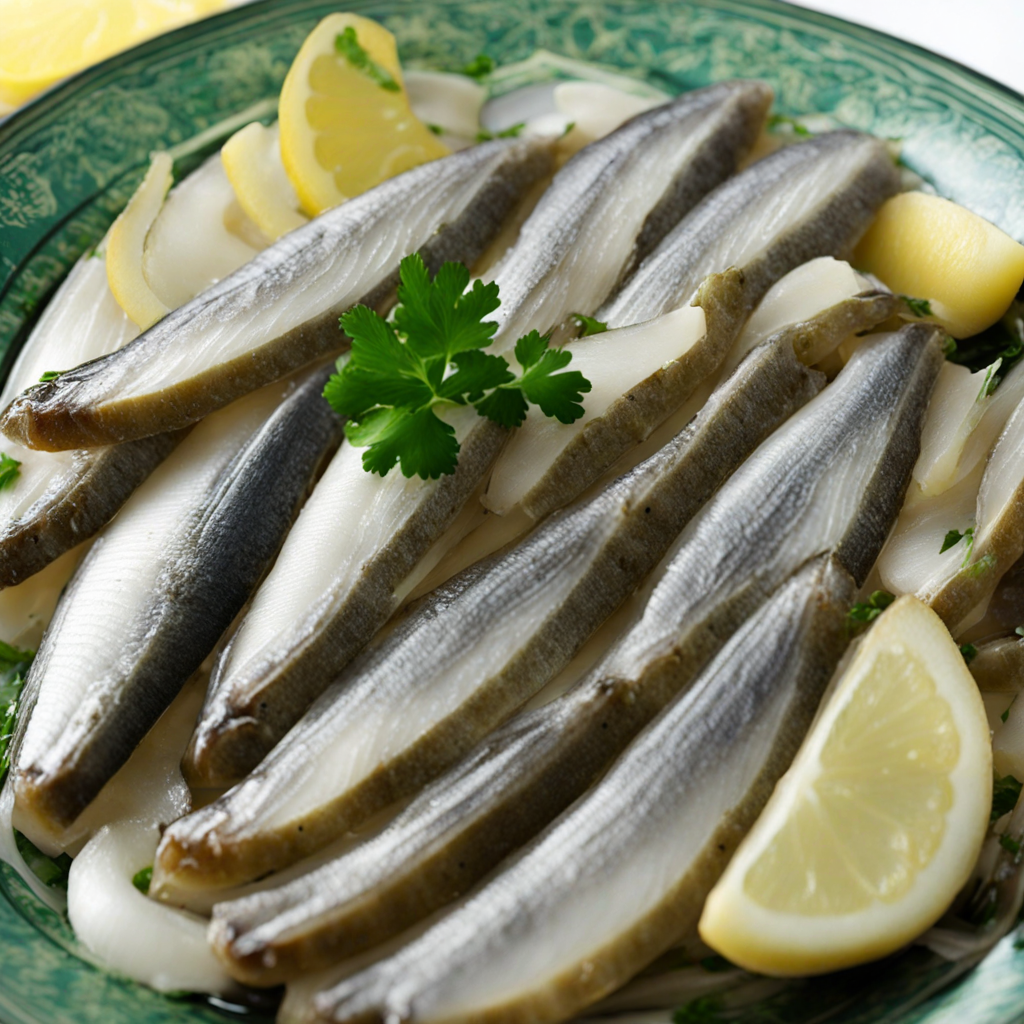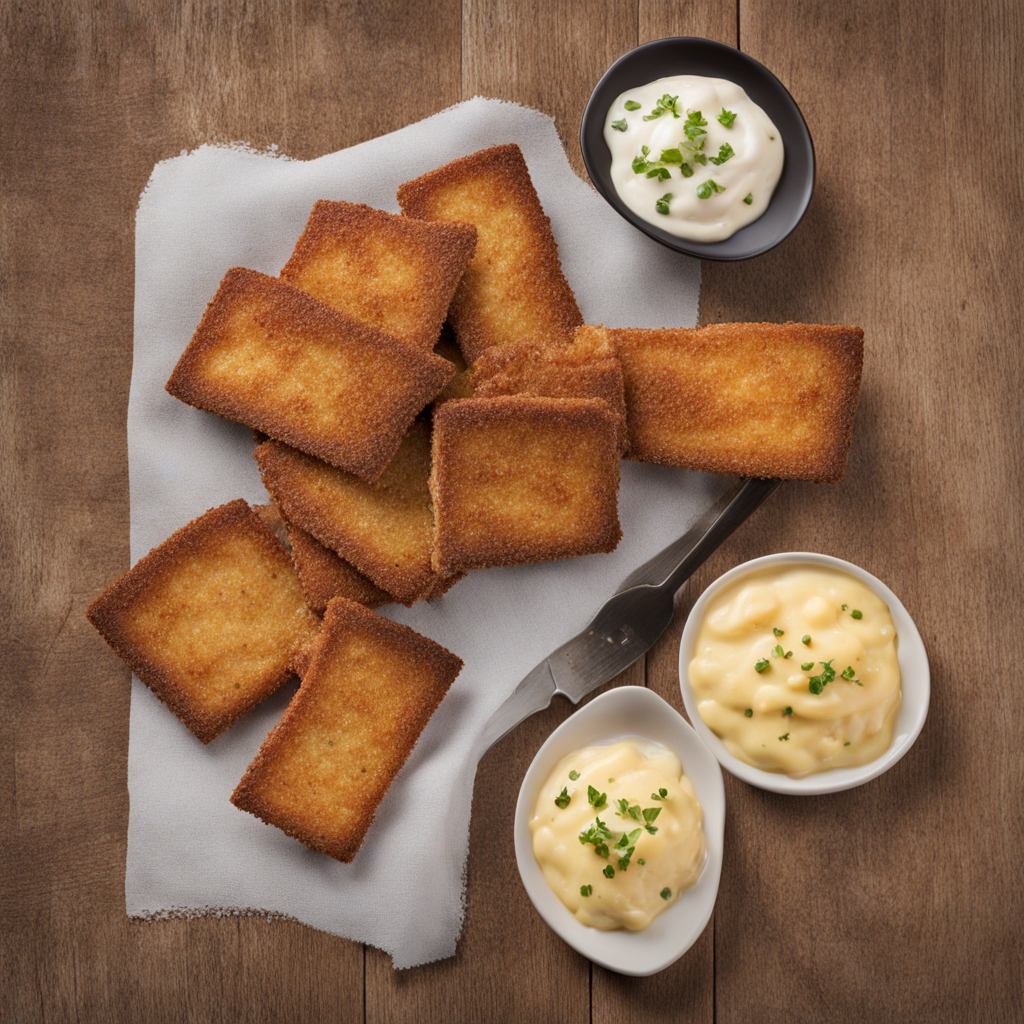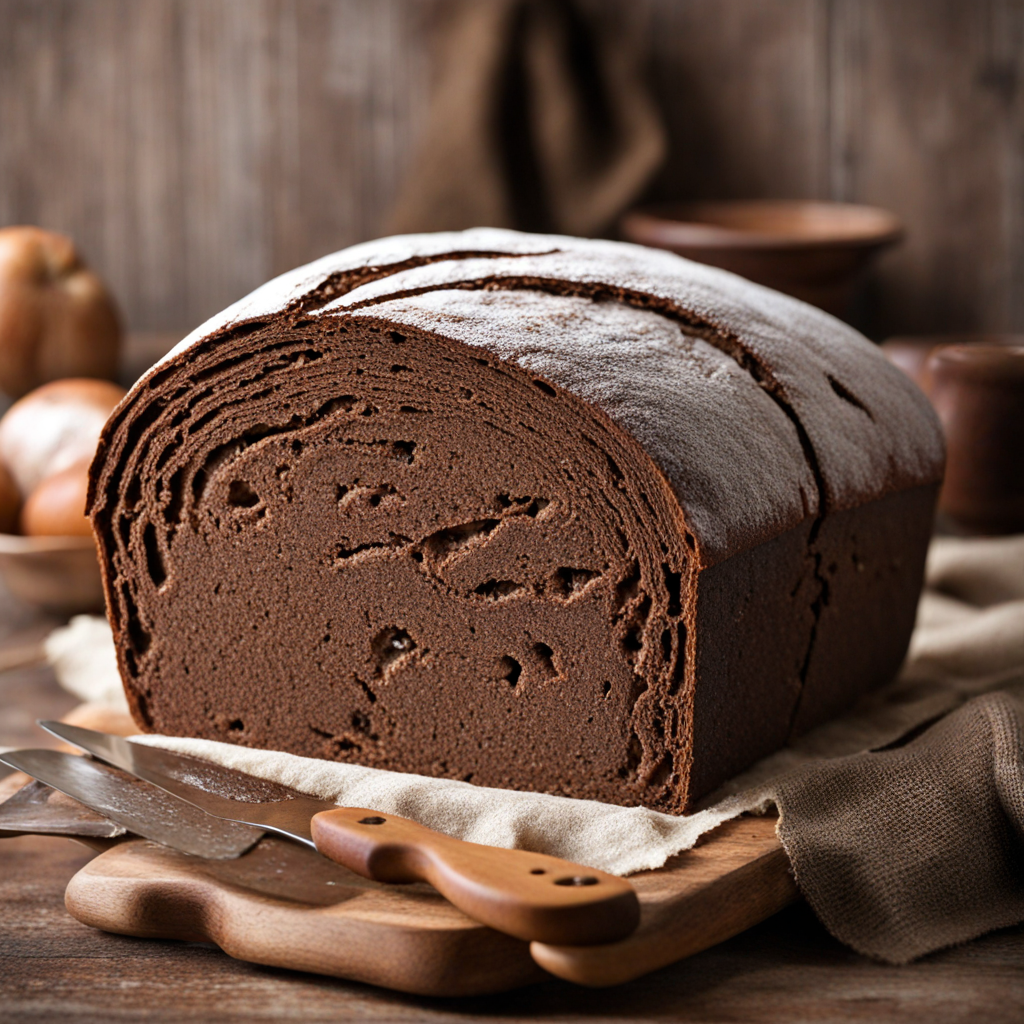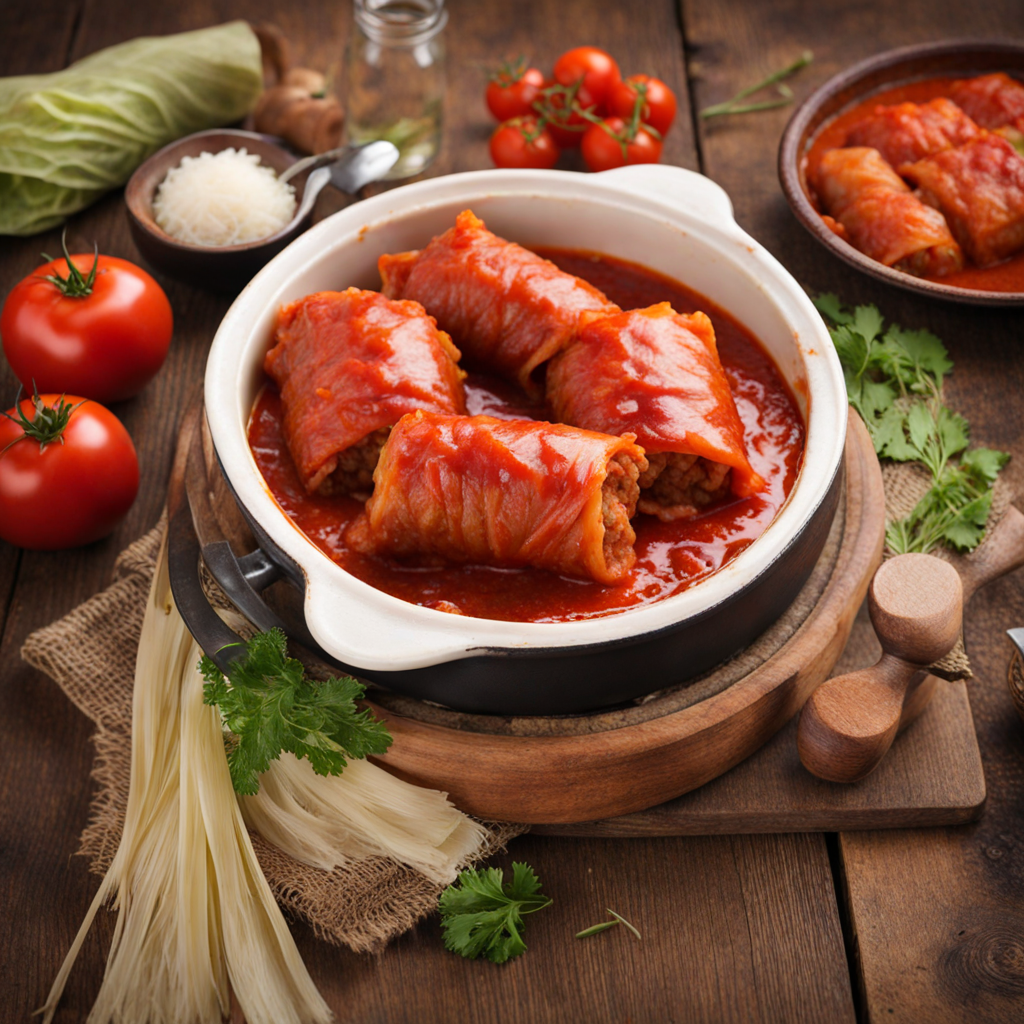Lithuanian Herring
Lietuviškas silkė, or Lithuanian herring, is a traditional dish deeply rooted in Lithuania's culinary heritage. Herring has been a staple in the Baltic region for centuries, reflecting the country's maritime culture and reliance on fishing. The history of Lietuviškas silkė can be traced back to the days when herring was one of the most abundant fish in the Baltic Sea, and its preservation methods, such as pickling and salting, were essential for ensuring a year-round supply. This dish has endured through the ages, evolving with local customs and ingredients while remaining a beloved component of Lithuanian cuisine. The flavor profile of Lietuviškas silkė is a delightful combination of briny, tangy, and savory elements. The herring is typically cured in a solution of salt, resulting in a firm texture and a distinctive taste that balances the natural richness of the fish with the sharpness of the pickling agent, which may include vinegar or a mix of spices. The addition of onions, often marinated or sautéed, introduces a sweet and aromatic note that complements the herring's saltiness. Other common flavor enhancers include mustard, carrots, and various herbs, which further elevate the dish's complexity and appeal. Preparation of Lietuviškas silkė typically involves several steps. First, the herring is either bought fresh or pre-cured, often sold whole or filleted. If starting from fresh herring, the fish is cleaned and salted for a
How It Became This Dish
Lietuviškas Silkė: A Culinary Journey Through Time #### Origins of Lietuviškas Silkė Lietuviškas silkė, or Lithuanian herring, is more than just a dish; it is a symbol of the resilience and cultural identity of the Lithuanian people. Herring, a small but flavorful fish, has been part of the Baltic diet for centuries. The origins of Lietuviškas silkė can be traced back to the fishing practices of early Lithuanians, who relied heavily on the rich waters of the Baltic Sea. The abundance of herring made it a staple food source, especially in coastal regions. The earliest references to herring in Lithuania appear in historical texts from the 14th century when the Grand Duchy of Lithuania was one of the largest and most powerful states in Europe. The herring fishery was vital for the economy, and its catch was preserved through various methods, including salting, pickling, and smoking. The preservation techniques were essential not only for sustenance during the harsh winters but also for trade. Herring became a valuable commodity, often exported to neighboring countries, which helped establish Lithuania's culinary reputation. #### Cultural Significance Lietuviškas silkė occupies a special place in Lithuanian culture. It is often served during family gatherings, holidays, and significant celebrations. For Lithuanians, herring is not just food; it embodies a connection to their heritage and traditions. The dish is commonly associated with Christmas Eve dinner, known as Kūčios, where twelve traditional dishes are served to symbolize the twelve apostles. Herring is often prepared in various ways: marinated with vinegar, onions, and spices, or served with potatoes, beets, and sour cream, adding vibrant colors and flavors to the meal. In addition to its role in festive meals, Lietuviškas silkė has become a beloved everyday dish. Its versatility allows for numerous interpretations, reflecting local ingredients and cooking styles. The dish is often enjoyed with dark rye bread, which is a staple of Lithuanian diet, enhancing the flavors and providing a satisfying texture. The combination of herring and rye bread serves as a culinary representation of the unity between the earth and sea, a theme deeply rooted in Lithuanian folklore and agricultural traditions. #### Development Over Time As Lithuania underwent various political and social changes over the centuries, so too did the role and preparation of Lietuviškas silkė. The partitions of Poland in the late 18th century and the subsequent incorporation of Lithuania into the Russian Empire significantly impacted its culinary landscape. The introduction of new ingredients, techniques, and influences from neighboring cultures enriched the traditional recipes of herring. During the 19th century, the industrialization of fishing and improvements in preservation methods allowed for a greater variety of herring products to emerge. This period saw the rise of canned herring, which became popular among the working class. Canned herring not only provided a convenient and long-lasting food source but also expanded its reach beyond Lithuania. As Lithuanians emigrated to various parts of the world, especially during the late 19th and early 20th centuries, they brought their culinary traditions with them, including the cherished herring dishes. The interwar period in the early 20th century marked a resurgence of national identity, and Lithuanian cuisine, including Lietuviškas silkė, was celebrated as part of the nation’s cultural heritage. Traditional recipes were documented and shared, ensuring that the art of herring preparation would be preserved. The significance of herring was further solidified when the newly established Lithuanian state promoted local products, including fish, as part of a broader effort to foster national pride. #### Modern Interpretations The late 20th century brought about significant changes in Lithuania, particularly following the country’s independence from the Soviet Union in 1990. The newfound freedom allowed Lithuanian chefs to experiment with traditional ingredients and reinterpret classic dishes. Lietuviškas silkė became a canvas for culinary innovation, with chefs incorporating global flavors and contemporary techniques while still respecting the essence of the dish. Today, Lietuviškas silkė is enjoyed not only in homes but also in restaurants that celebrate Lithuanian cuisine. Modern interpretations might include herring served on a bed of microgreens, drizzled with artisanal oils, or paired with exotic spices that reflect Lithuania’s growing culinary diversity. Additionally, food festivals celebrating Lithuanian heritage often feature herring prominently, highlighting its importance in both traditional and modern contexts. Moreover, the accessibility of herring has evolved with the rise of sustainable fishing practices and a greater awareness of environmental issues. Lithuanian fishers are increasingly focused on sustainable methods, ensuring that herring remains a vital part of the ecosystem while continuing to be a beloved staple in the Lithuanian diet. #### Conclusion Lietuviškas silkė is not merely a dish; it is a narrative woven through the fabric of Lithuanian history, culture, and identity. From its humble beginnings as a staple food source to its evolution as a symbol of national pride, herring reflects the journey of Lithuania itself. As the country continues to embrace its culinary heritage while adapting to modern influences, Lietuviškas silkė remains a testament to the resilience and creativity of the Lithuanian people. Whether enjoyed in a traditional family setting or reimagined in a contemporary restaurant, Lietuviškas silkė serves as a flavorful reminder of Lithuania's rich history and the enduring bonds formed around the dining table. Its story is a celebration of the past, present, and future of Lithuanian cuisine, inviting all to partake in the delicious legacy of this cherished fish.
You may like
Discover local flavors from Lithuania


